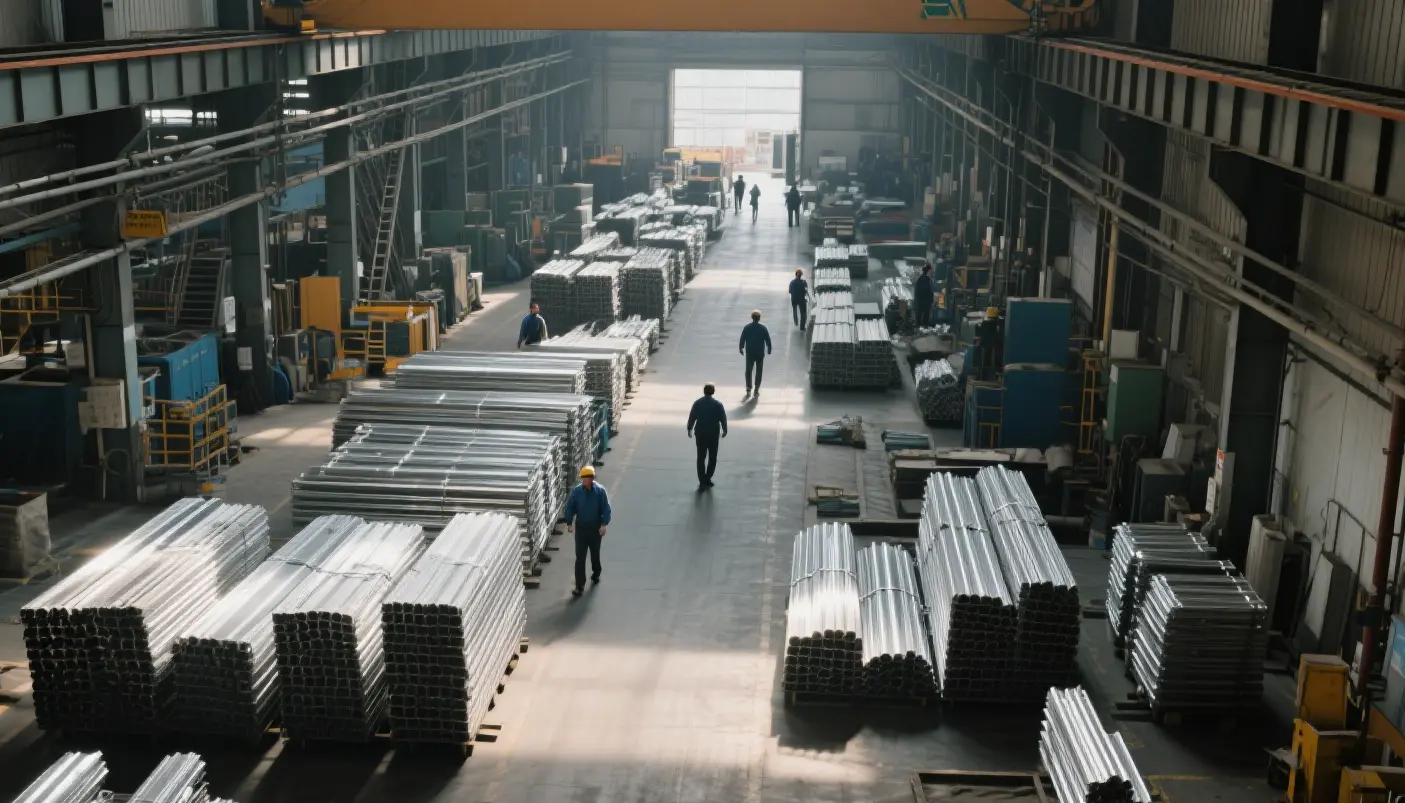So überprüfen Sie die Edelstahlqualität mit XRF?
RFA (Röntgenfluoreszenz) technology allows users to identify the chemical makeup of a stainless steel sample within seconds—without damaging it. Whether you’re verifying incoming materials, inspecting finished parts, or managing recycling operations, XRF testing ensures you’re working with the right material every time.

Wie RFA-Analysators Identify Stainless Steel Grades
XRF analyzers work by emitting a beam of X-rays onto the surface of a metal sample. These X-rays excite the atoms in the material, Sie dazu bringen, sekundär zu emittieren (fluoreszierend) Röntgenstrahlen. The emitted X-rays are then captured and analyzed to determine the sample’s elemental composition—such as iron (Fe), Chrom (Cr), Nickel (In), molybdenum (MO), Mangan (Mn), and other alloying elements. Each stainless steel grade has a distinct elemental signature, making it possible to identify grades like 304, 316, 430, oder 2205 with a high level of accuracy.
Zum Beispiel:
- 304 Edelstahl typically contains ~18% chromium and ~8% nickel.
- 316 Edelstahl has similar chromium content but includes 2–3% molybdenum for enhanced corrosion resistance.
- 430 Edelstahl lacks nickel and has higher chromium levels, making it magnetic and more suitable for decorative applications.
By analyzing these compositions, XRF instruments can instantly match the results to preloaded grade libraries.
Why Use XRF to Test Stainless Steel Grades?
Zerstörungsfreie Prüfung (NDT)
XRF doesn’t alter or damage the material. This is crucial for components that need to retain their integrity post-testing.
Speed and Convenience
Results are generated within seconds, allowing quick on-site verification without sending samples to a lab.
Accuracy and Reliability
Modern XRF analyzers can detect elements down to parts-per-million (Ppm) Ebenen, providing precise composition analysis that supports confident decision-making.
Kosteneffizient
Compared to traditional methods like wet chemistry or spark OES, XRF is significantly cheaper and faster for routine identification tasks.
Tragbar und vielseitig
Handheld and desktop XRF units can be used in the field, warehouse, factory floor, or lab—wherever testing is needed.
When Do You Need to Verify Stainless Steel Grades?
- Receiving raw materials: Ensure suppliers deliver the correct material to spec.
- Welding and fabrication: Match base and filler metals to prevent corrosion or structural failure.
- Maintenance and repair: Identify unknown parts for proper replacement.
- Scrap sorting and recycling: Quickly sort valuable alloys for resale or reuse.
- Quality control: Meet compliance standards and customer expectations.
Best XRF Analyzer Options from VRAY Instruments

At VRAY Instruments, we offer a full suite of high-performance XRF analyzers that are tailored to the needs of metal testing professionals. Our instruments are designed for speed, Genauigkeit, and ease of use—making them perfect for stainless steel grade identification.
🔸 VR-H5 Handheld XRF Analyzer
For on-the-go testing and field inspections, das VR-H5 is an ideal solution. Kompakt, rugged, and equipped with a high-resolution detector, it delivers lab-grade accuracy in a portable form. Its intuitive touchscreen and dual-beam technology make it easy to identify stainless steel grades in seconds.
Hauptmerkmale:
- Lightweight and easy to carry
- Automatic sample detection
- Smart battery management for 8-hour runtime
- Non-destructive testing on-site
Recommended for:
Scrap metal sorting, Feldinspektionen, maintenance and repair teams
🔸 VR-M5 Tragbarer RFA-Analysator
Need portability with slightly more power? Der VR-M5 offers enhanced sensitivity with an imported Si-Pin-Detektor, optimized for metal grade detection and alloy analysis. It’s the ideal balance between lab performance and mobile convenience.
Hauptmerkmale:
- Compact design with built-in touchscreen
- Accurate multi-element detection
- Real-time camera-assisted testing
- Customizable test time
Recommended for:
Jewelry shops, fabrication workshops, recycling facilities
🔸 VR-S6 Benchtop RFA Spektrometer
For high-throughput testing in quality control labs or manufacturing environments, das VR-S6 is a powerhouse. Its full-spectrum analysis and ±0.03% precision make it the go-to for complex or high-purity samples.
Hauptmerkmale:
- Covers elements from potassium (K) to uranium (U)
- Touchscreen control with built-in computing
- Compact footprint, fits into any lab or QA room
- All-in-one design for streamlined workflow
Recommended for:
Manufacturing plants, quality assurance labs, certification centers
How to Choose the Right VRAY XRF Analyzer?
If your work is mobile and fast-paced, das VR-H5 oder VR-M5 will suit your needs. For high-volume or ultra-precise testing, das VR-S6 is the best fit. Still not sure? VRAY Instruments offers personalized recommendations and after-sales support to help you make the best decision.
Letzte Gedanken
Checking stainless steel grades with XRF is one of the most effective ways to ensure material integrity, regulatory compliance, and process efficiency. VRAY Instruments delivers cutting-edge XRF technology that empowers professionals to perform accurate, schnell, and non-destructive metal analysis anytime, anywhere.
Häufig gestellte Fragen
Q1:Can XRF detect all stainless steel grades?
A1:XRF can detect most commercial grades of stainless steel by identifying their key elemental components. Jedoch, it may not distinguish between grades with extremely similar compositions unless paired with software libraries or reference standards.
Q2:Is XRF testing safe for operators?
A2:Ja. All VRAY XRF analyzers come with built-in radiation shielding and safety interlocks to ensure user safety during operation.
Q3:How long does it take to analyze a sample with an XRF device?
A3:Most results are available in under 10 Sekunden, depending on the sample and device settings.
Q4:Does the surface finish of stainless steel affect the test?
A4:Ja. Rough, dirty, or coated surfaces can impact accuracy. It’s recommended to clean and flatten the surface for optimal results.
Q5:Can XRF be used for other metals besides stainless steel?
A5:Absolut. VRAY XRF analyzers can be used to identify a wide range of metals including Gold, Silber, Platin, Palladium, titanium, Kupfer, und mehr.

WhatsApp
Scannen Sie den QR-Code, um einen WhatsApp-Chat mit uns zu starten.